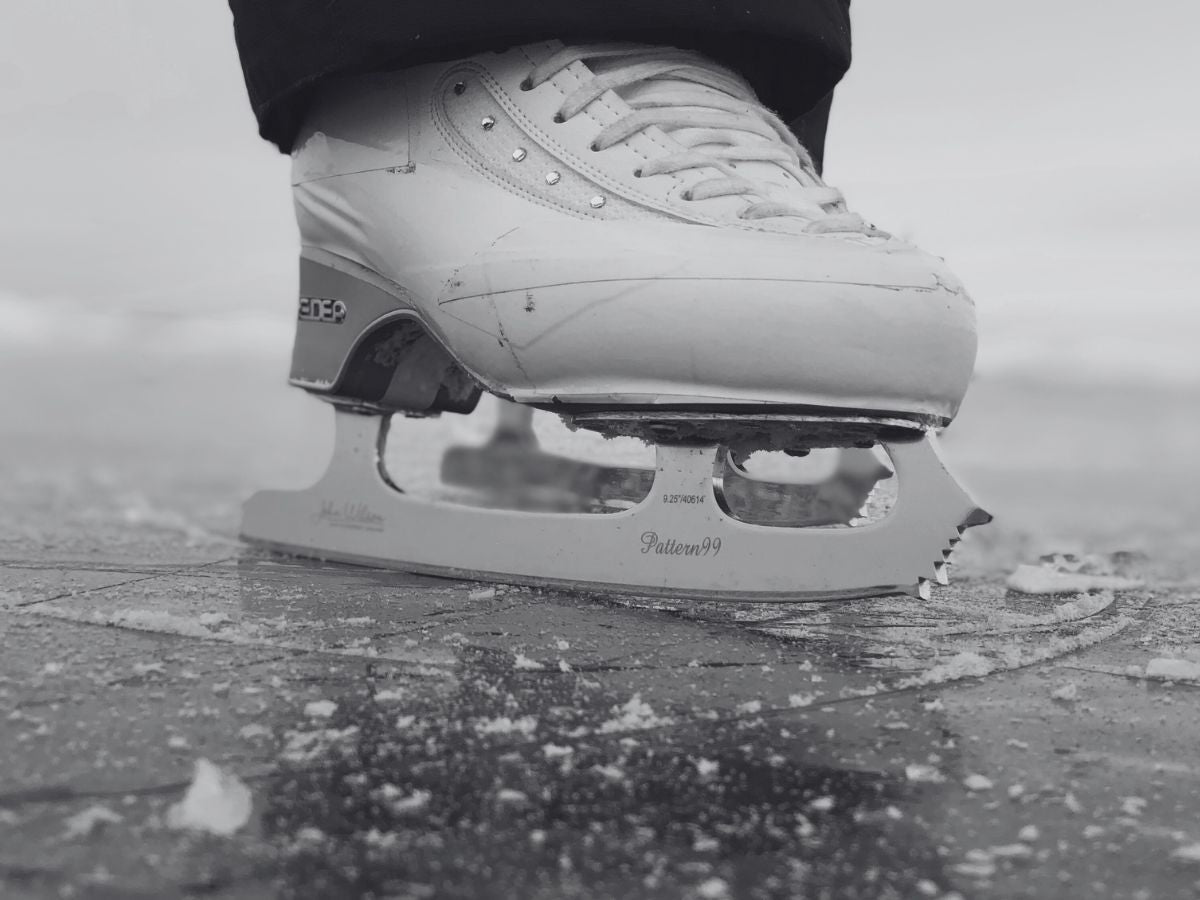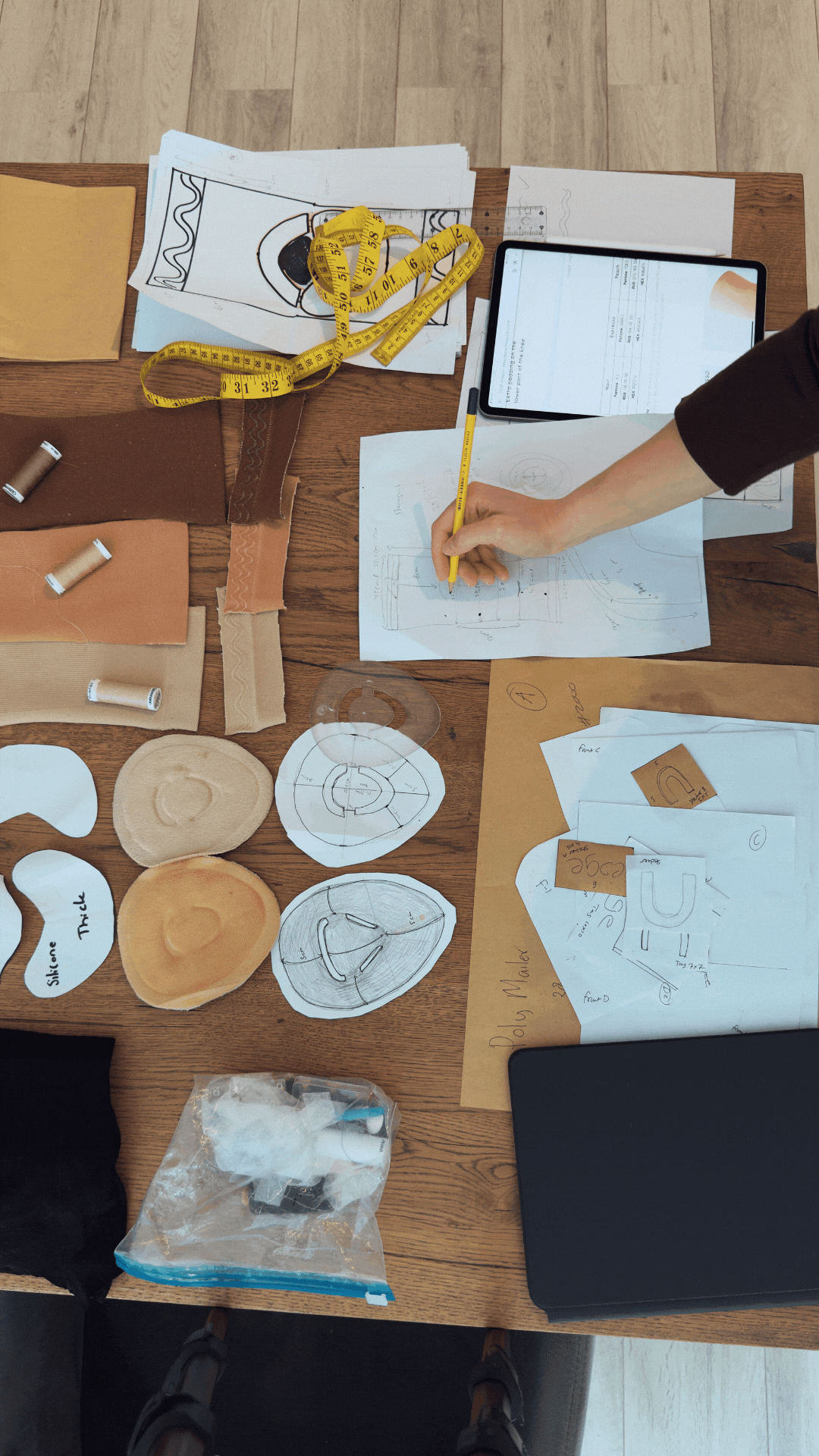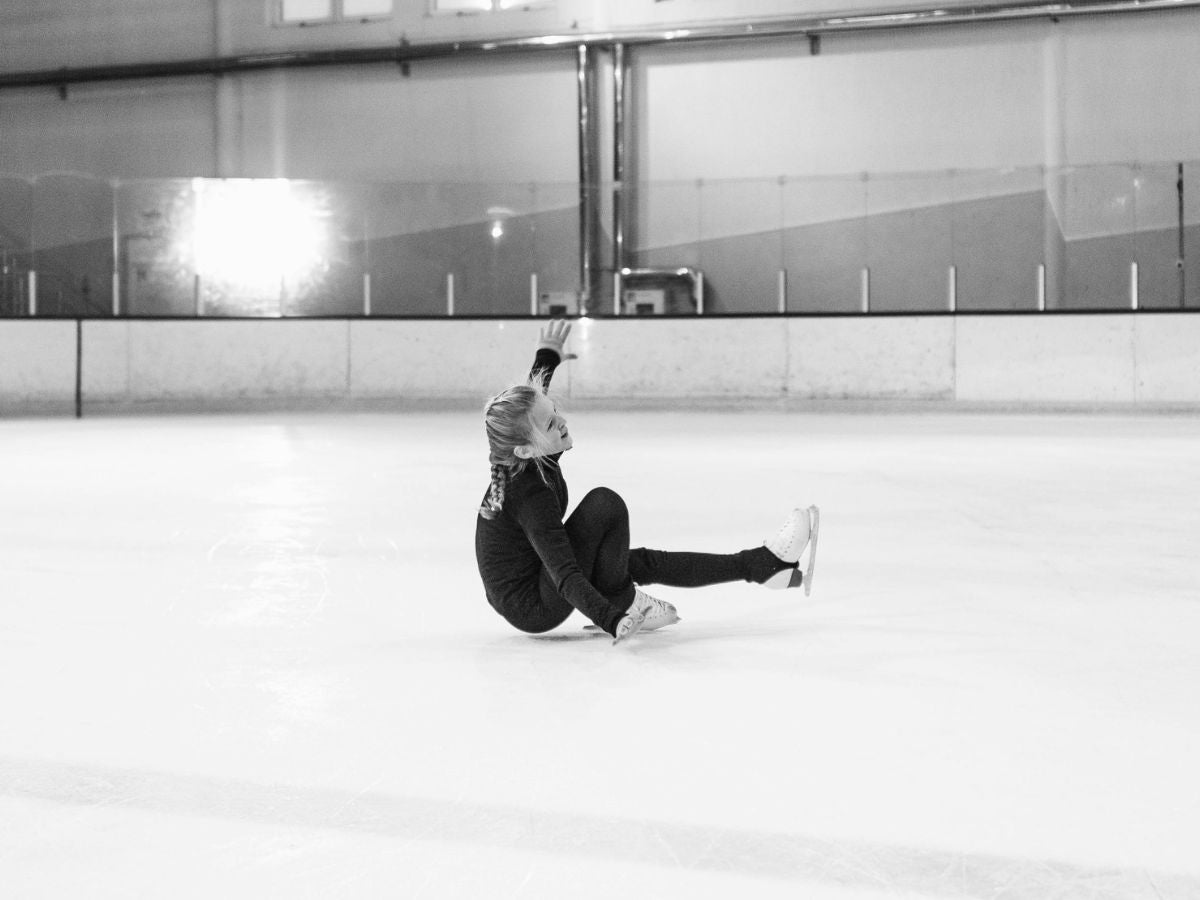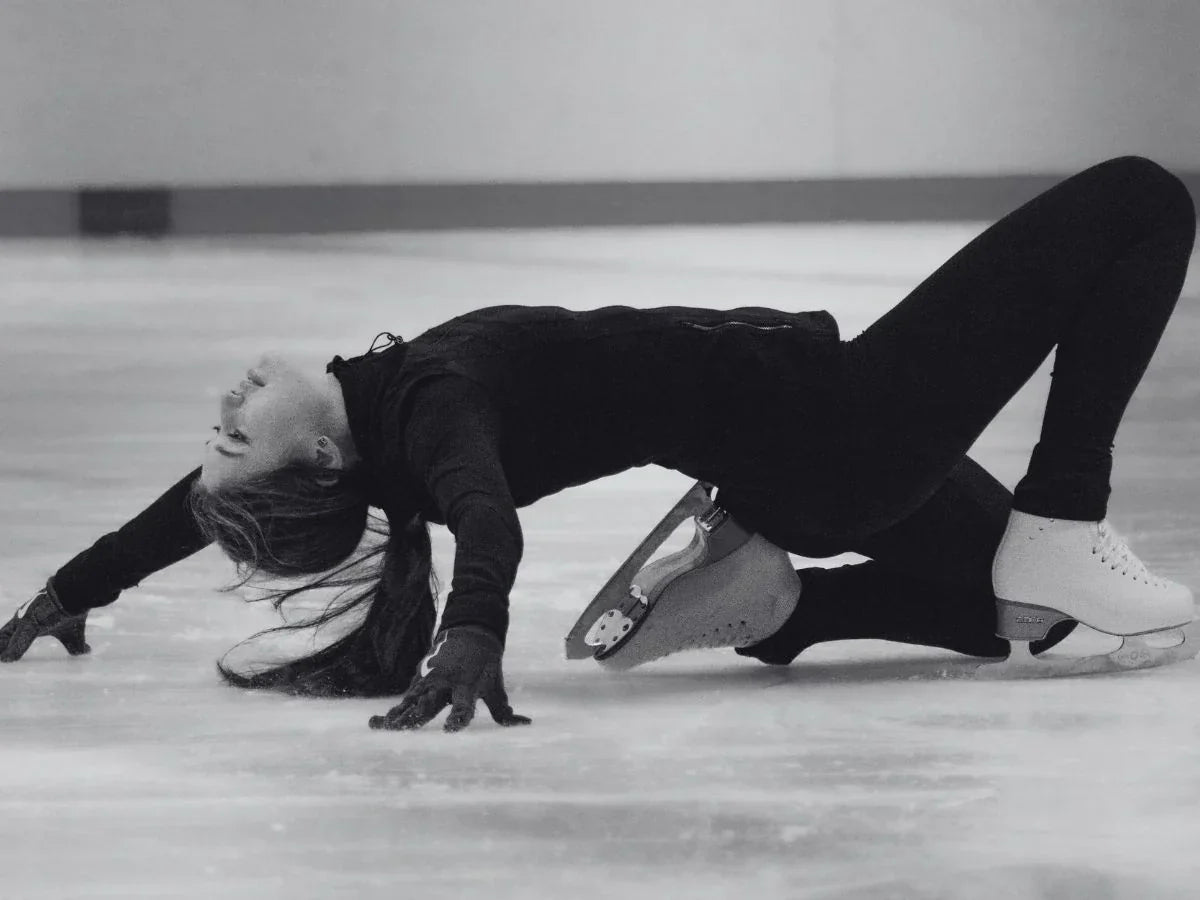
Choosing the Right Figure Skating Blade
Choosing the right blade is just as important as choosing the right boot. Whether you're a beginner skater, a parent doing research, or someone upgrading to a higher-level setup, understanding blade options will help you make smarter decisions. This guide breaks down everything you need to know, from blade types and technical features to brand comparisons and fitting advice.
Why Choosing the Right Figure Skating Blade Matters
Your blade is your connection to the ice. It affects everything: your balance, edge control, jump landings, spins, and speed. A great boot can only take you so far if your blade isn’t suited to your needs.
Blades vary in shape, stiffness, materials, weight, rocker (curve), toe picks, and mounting height (stanchion). The right blade can enhance your performance and make skating feel more natural. The wrong blade can hold you back or worse, lead to injury due to standing incorrectly.
Key Blade Features to Understand
Whether you’re a beginner learning edges or an elite skater landing triples, these are the key elements to understand before buying (or upgrading) your blades.
Rocker Radius (7ft vs 8ft)
The rocker is the curve of the blade from toe to heel and it plays a huge role in how you move on the ice.
- A 7-foot rocker has more curve. It allows quicker turns, better agility, and easier spin entry. Favoured by dance and synchro skaters as they focus more on footwork.
- An 8-foot rocker is flatter. It provides more stability, better balance, and more control during landings of jumps.
Some blades (like many from John Wilson) also feature secondary rockers, which allow finer control between edges. The rocker shape affects your balance point, so don’t underestimate how much it can impact your control on the ice. You may need to test different styles before finding what suits you best.
Toe Picks
Toe picks are the teeth at the front of the blade and they help with jumps, takeoffs, toe steps, and footwork.
- Cross-cut picks: Provide more grip and aggression. Ideal for powerful jump takeoffs.
- Straight-cut picks: Offer a smoother glide and are slightly less grippy. Preferred by some for spins and flowing movements.
- Diagonal or hybrid picks: Less common but can offer a unique balance between grip and glide.
Larger toe picks are great for advanced jumpers but can trip up beginners. Smaller picks are usually better for learning basic skills without getting caught on the ice.
Stanchion Height
Stanchions are the two posts that connect your blade to your boot. The height of these posts affects how high your foot sits above the ice. Most figure skating blades use a standard stanchion height, which gives a grounded, stable feel. This works well for the majority of skaters, from beginners to elite.
Some brands, like Paramount, offer higher stanchions, which give you more clearance between the toe pick and the ice. This can allow for deeper knee bends without dragging your pick, and may help with jump take-offs or landings for certain skating styles.
However, a higher stanchion slightly changes your balance point and may take time to adjust to. It’s not better or worse, just different. Choosing between standard and higher stanchions depends on your technique, preference, and feel on the ice. Most skaters stick to standard unless they’ve tried higher and found a clear advantage.
Blade Profile
The blade profile refers to the side shape of your blade, in other words, how thick or thin it is from front to back. This affects how the blade moves across the ice, how much control you feel, and how easily it can be sharpened. The three main profiles are:
- Parallel: Same thickness along the entire blade. Traditional, stable, and easiest to sharpen. Great for skaters who want a predictable feel.
- Tapered: The blade gets thinner toward the back. This reduces friction and gives a smoother, faster glide. Slightly harder to sharpen due to the change in width.
- Parabolic: The blade narrows in the center, like an hourglass. This shifts your weight more toward the center and can improve balance and control. These blades often hold an edge longer, but sharpening takes more precision.
*Parallel blades are the most common and easiest to maintain. If you choose a tapered or parabolic blade, make sure your sharpener is familiar with the profile to avoid uneven wear.
Blade Weight
The weight of your blades has a big impact on how you move Lighter blades make it easier to jump, spin, and maintain speed. The heavier, the more energy it takes to get off the ice and stay quick on your feet. That’s why most brands now offer lightweight versions of their elite level blades. These are designed for skaters who want less weight without sacrificing strength. It’s the same blade model, just lighter.
Each brand has its own version, but the goal is always the same, to reduce weight while keeping strength and balance.
- Aluminum holders (paramount, John Wilson)
- Carbon fiber chassis (John Wilson, MK)
- Titanium or upgraded stainless steel runners (Jackson Utima, Paramount)
Do you need lightweight blades?
Not always. For beginners blade weight isn't the main concern. Lightweight blades are more expensive, and usually only necessary if you're:
- Jumping doubles, triples, or quads
- Training intensively
- Looking for a performance edge in competition
Most lightweight models come in both standard and lightweight versions, so you can choose what suits your level and goals best. For many skaters, the standard model is already more than enough.
How Long Do Blades Last?
Blades can often outlast your boots, especially if you're not growing anymore. With proper care, a good pair of blades can last multiple seasons. But they do wear down over time due to use, sharpening, and exposure to things like dirt, moisture, and rough ice.
Outdoor rinks, for example, tend to have more debris on the surface. This makes your blades more prone to chipping or dulling. Stepping on something off the ice or skating over sand or dirt can cause deeper chips, which means more of the blade needs to be ground off during sharpening.
Every time you sharpen your blades, a small amount of metal is removed. So even though some skaters like their blades to be extremely sharp at all times (and therefore sharpen them more often), over-sharpening shortens blade lifespan. It’s all about balance.
Tips to make your blades last longer:
- Dry blades thoroughly after each use.
- Always use hard guards when walking off the ice.
- Store with soft blade covers in your bag to protect them from scratches and moisture.
- Only sharpen when truly needed.
Taking proper care of your blades can save you a lot of money (and frustration) over time, especially as blades are often more expensive than boots and can last longer when maintained well.
Mounting Blades to Your Boots
Blade mounting is not DIY. Misaligned blades, even by a millimeter, can impact your skating immensly. Ask your coach or a skate tech at a pro shop to mount them properly.
Tip: Mount with just a few screws first to test balance before fully securing.
Also note: if you naturally pronate or supinate (roll inward/outward), your blades may need to be mounted slightly off-center to compensate.
What Blade Is Right for You?
There’s no one-size-fits-all answer. The best blade depends on:
- Your current level (beginner, intermediate, advanced)
- Your discipline (freestyle, ice dance, synchro, pairs)
- Where you need support such as, more grip in toe jumps or deeper edges for spins.
- Budget
Tip: Intermediate-level blades with good edge and toe pick quality are great for skaters who want to grow without needing an upgrade right away.




